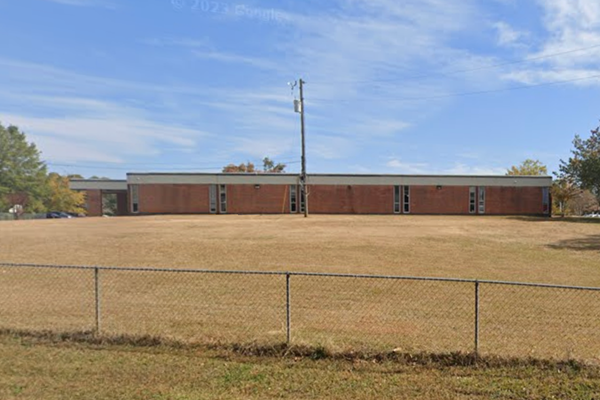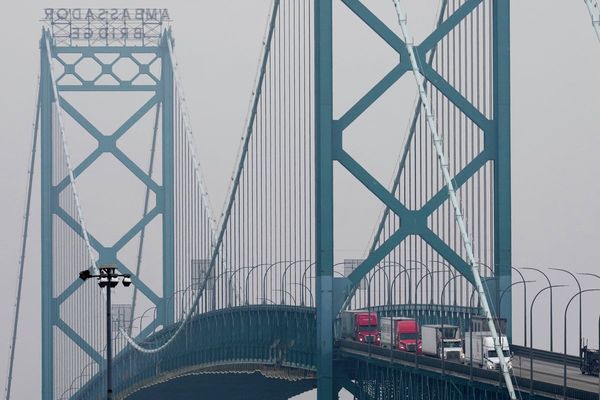
The climate firm Labor used to model its policies before the federal election has advised the government to abandon a proposal that could hand free carbon credits to big industrial polluters – warning it could lead to Australia missing its emissions reduction targets.
RepuTex – a consultancy that the climate change minister, Chris Bowen, has described as Australia’s top energy economists – issued the warning in a report on the safeguard mechanism, a policy that was introduced by the Coalition in 2016 to prevent increases in industrial pollution.
In practice, the safeguard mechanism has not been a success as companies have been allowed to increase pollution without penalty and industrial emissions continued to rise. But Labor has promised to keep and reform it. It released an options paper last month for public consultation.
RepuTex warned against an option that would give free carbon credits to the owners of industrial sites that emitted at a level below a newly determined “industry average”.
It said giving credits to individual companies on this basis, even if they had not cut their own pollution, could subsidise and lock in fossil fuel production and undermine the integrity of the safeguard.
Under Australia’s carbon credit scheme, each credit is meant to represent one tonne of carbon dioxide that has been reduced or avoided by, for example, growing native plants. Companies can buy credits, also known as offsets, as an alternative to cutting their own pollution.
Under one proposal put forward by the government, a new type of credit – known as a safeguard mechanism credit – would be given to companies that emitted less than an industry-average baseline, or limit. These companies could sell these credits to companies that emitted above the industry baseline to cancel out their higher pollution.
RepuTex said this was problematic because the new credits would not reflect a real cut in pollution and would therefore not be a genuine offset. Instead, they would just be a financial subsidy to “slightly cleaner” industrial facilities.
Hugh Grossman, managing director of RepuTex, said people involved in the scheme would have little confidence that cuts were real if a carbon credit did not actually represent a one-tonne reduction in emissions. “The environmental integrity of the scheme – and Australia’s 2030 target – could collapse,” he said.
The safeguard mechanism covers 215 major polluting facilities, including coalmines, gas production sites, aluminium smelters, steel plants, manufacturing sites and airlines. Labor has said it would require facilities to gradually reduce emissions from July next year to help meet the national targets of a 43% cut by 2030 (compared with 2005) and net zero by 2050.
The RepuTex report said the proposal to give away free credits could lead to half the country’s big fossil fuel sites initially getting a financial windfall instead of being required to make cuts.
It said this could apply to the country’s liquified natural gas (LNG) export production facilities, which have been responsible for most of the increase in industrial pollution over the past decade.
Grossman said going down this path could create a subsidy for big polluters that emitted only slightly less than average, lock in fossil fuel production and delay investment in low-emissions technologies. “Just because you are below average does not mean you are clean,” he said.
RepuTex said its modelling found a better strategy – also proposed in the options paper – would be to give every polluting site a site-specific trajectory to reach net zero.
Grossman said it would ensure all facilities contributed to the 2030 target and that cuts were “real and additional”.
RepuTex’s warning follows concern over the integrity of Australia’s existing carbon credit scheme. One of the scheme’s architects, Prof Andrew Macintosh of Australian National University, has described it as “largely a sham” and a fraud on taxpayers and the environment.
Labor has commissioned Prof Ian Chubb, a former chief scientist, to head a review of the scheme. It plans to allow these carbon credits to also be used under the safeguard mechanism once the review is complete. The consultation paper suggests international carbon credits could not be used initially.
A spokesperson for Bowen said an extensive consultation process on the design of the safeguard mechanism was still under way.
“We know industry and stakeholders will have a wide range of views on these reforms, which is why the Albanese government is going through this genuine consultation process. The government will consider these views on their merit before making any decisions on the final design,” they said.
Grossman said policy design on emissions reduction was “at a major crossroads”.
“If market integrity is not prioritised, Australia’s ability to meet its 2030 target and realise the economic benefits of the low-carbon transition, such as new investment and job creation, could be significantly undermined,” he said.
Submissions on the safeguard mechanism consultation paper close on Tuesday.







